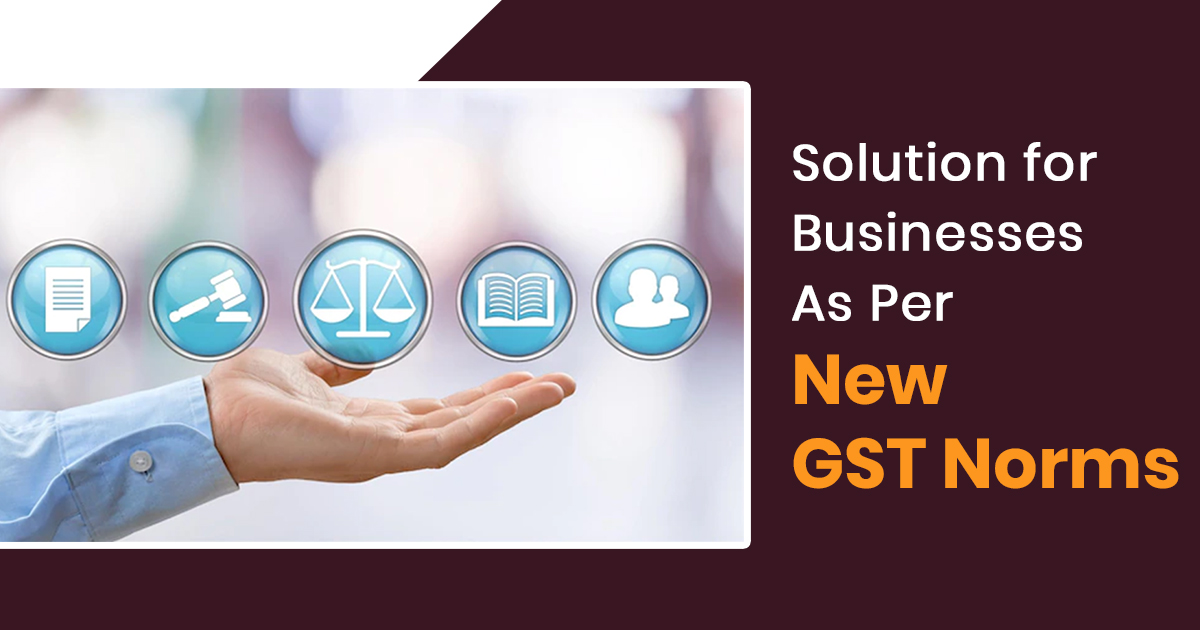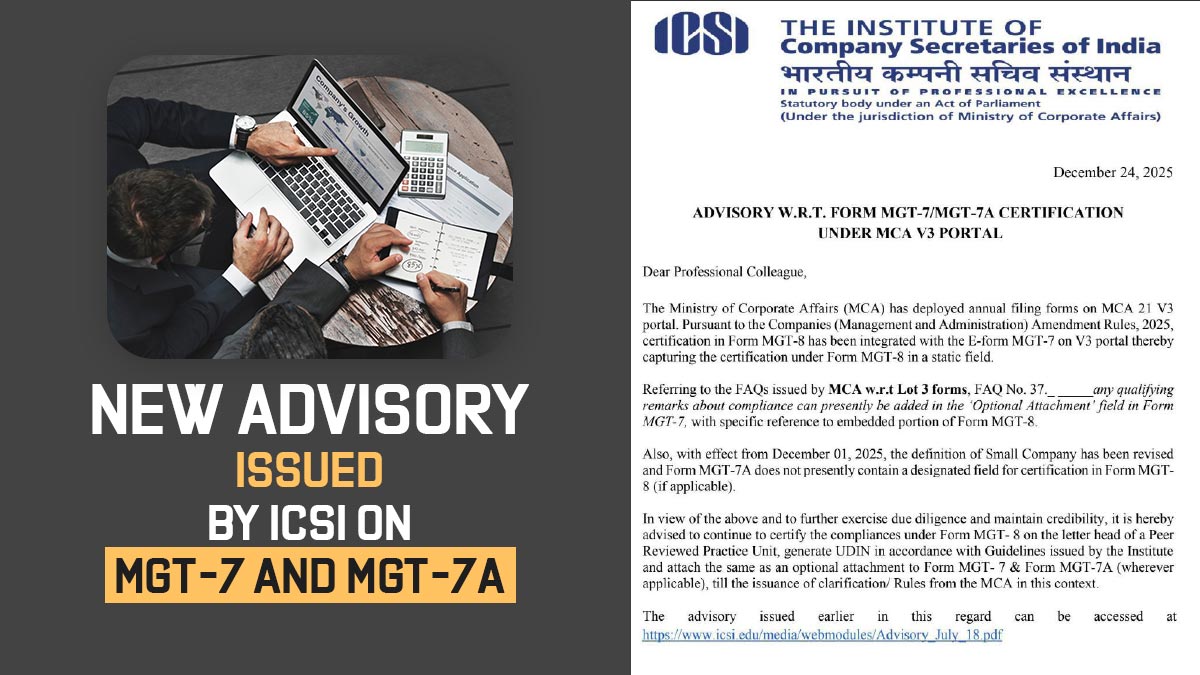
In recent times, the Goods and Services Tax (GST) law has experienced important GST amendments. It just surges the mandatory reconciling of the GST data in a more regular way to prevent the differences amid GSTR-1, GSTR-3B, and GSTR-2B. The same rises the challenges to the new business which would be addressed through the technology.
New GST Law Amendments
The businesses would be no more claim for the ITC from 1st January 2022 if the same would not give their resemblance in the GSTR-2B. This form gives the qualified and ineligible Input Tax Credit (ITC) that a business would avail and it is the same for every month. In this, the monthly information stays similar even when any GST amendments are made through the vendor’s suppliers of the business in any subsequent months.
The businesses would avail input tax credit if the vendor reports the invoice or debit note in their GSTR-1 or Invoice Furnishing Facility (IFF). when there are examples of excess avail or loose to comply with the given condition these businesses will become responsible for the penalties or might suffer the suspension of their GSTIN.
The subsequent essential new GST amendments from the date 1st January 2022 are a revamp to self-assessed tax towards the recovery proceedings. The businesses pose to report all their sales invoices in GSTR-1 and declare the sales summary, ITC claims, and the net tax subjected to pay in GSTR-3B.
Under the revisions, the tax officer would recover the taxes excluding providing the show cause notice and execute the process of recovery when the assessee loses to furnish the self-assessed tax in the GSTR-3B. These taxes would be engaged in the unpaid tax on the outward supplies reported in the GSTR-1 however not reported in GSTR-3B.
The responsibility to furnish the GST is when furnishing the GSTR-3B form but not GSTR-1. The government has drawn the same amendments to stop bogus invoicing through the seller’s reporting in the bigger sales inside GSTR-1 for allowing the buyers to avail the Input tax credit. The same would provide the power to execute the recovery proceedings in which the tax liability is under-reported in GSTR-3B with respect to GSTR-1.
The businesses would not furnish the GSTR-1 of the present duration of the end durations GSTR-3B is not being furnished. Prior to the changes, the restrictions in the GSTR-1 furnishing on the GST portal occur when the business has not filed GSTR-3B of the former two tax durations.
Impact on the Companies
While the buyers or recipients would not avail 5% of another Input tax credit above GSTR-2B form in which the sellers do not report the purchase invoice.
The manual route of reconciliation and communication would be tough, takes time and labour. Also if the vendor’s delayed then the businesses should face another GST in cash till the vendor follows hence losing the money.
Thus all these make the businesses maintain regular and precise reporting of the return with no delay. Hence the firms should see for the variances and build the communication link through their business partner.
Systematic Solutions for Companies
The companies should avail themselves of a dynamic and real-time framework of input tax credit reconciliations as regularly as every week or various times a week. They would require a tech-based solution to match their purchase invoices between books and GSTR-2B indeed to reveal the missing ITC.
They must communicate effectively and push their non-compliant vendors to report the invoices. The same is important to follow their two-way vendor communication and vendor compliance grading.
Businesses should follow the latest policies like holding vendor payments to discipline their non-compliant vendors. This can be performed for GST value at an invoice level and every payment cycle. The same is advantageous to have the real-time automated payment restricting process built into their accounts payable AP system.
The companies should be enabled to auto-prepare GSTR-3B form through auto-populating GSTR-1 and GSTR-2B information. The same assists to prevent errors in GSTR-3B because of manual interruptions. Moreover, their compliance solutions should furnish them access to quicker difference reports like ‘GSTR-3B vs GSTR-1 vs books’ and ‘GSTR-3B vs GSTR-2B vs books’ to save their teams’ time and effort.
The solution provides a single view of return filing status on the dashboard for GSTR-1, GSTR-3B, GSTR-9 (Annual Return Form), and GSTR-9C across periods and all GSTINs beneath a PAN.
The companies would see a cloud-based solution cheaper which would upgrade automatically for the amendments in portal and law. These solutions are based on the future since they are run on artificial intelligence and machine learning. The suggested solutions would ensure that the company easily follows not impacting the working capital or seeing notice of the government.









